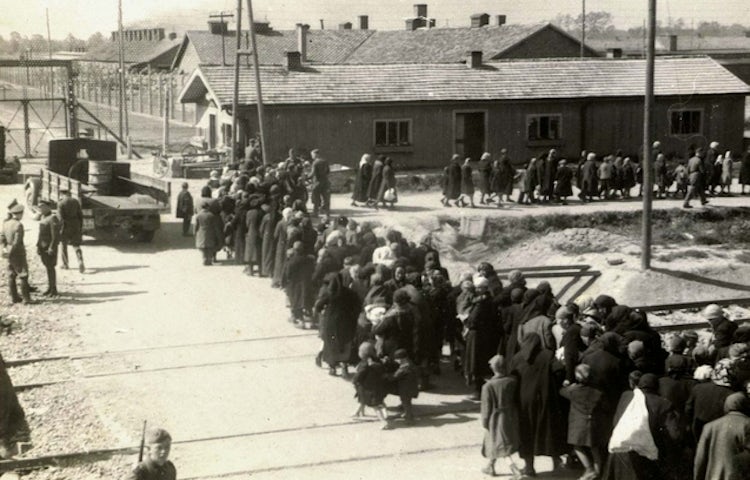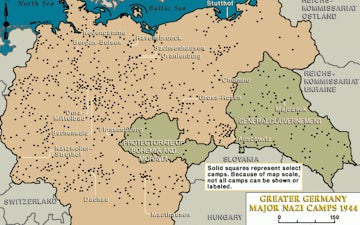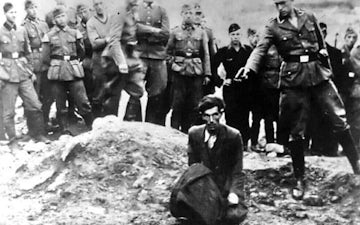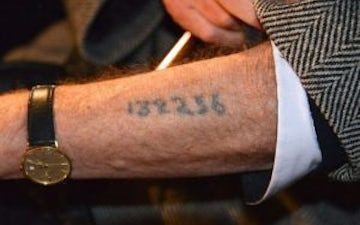
Photographs documenting the process of arrival of Hungarian Jews from the Tet ghetto to the Auschwitz-Birkenau death camp (1944). Photograph: Wikimedia Commons (Yad Vashem)
After Germany invaded the Soviet Union in 1941, the Nazi SS Einsatzgruppen , or mobile death squads, began to systematically execute Jews in the conquered territories of the USSR. These mass murders were carried out by a firing squad, but this technique was soon found to be ineffective.
Later, the SS decided that the use of gases , which had previously been used to kill people with physical and mental disabilities, was a more effective means of ending the lives of large numbers of people in a short period of time. While the Operation Reinhard camps (Treblinka, Belzec and Sobibor), as well as Chelmno , used carbon monoxide as had been done in the euthanasia program, Auschwitz and Majdanek used Zyklon B, a commercially available pesticide that had proven effective in experiments with Soviet prisoners of war and Polish prisoners.
It is evident from contemporary accounts of the perpetrators of these murders that for some of them the extermination operations, particularly those involving women and children, were difficult to cope with. Similarly, there are accounts of soldiers who deliberately disappeared when they had to join firing squads or abused alcohol as a survival mechanism. All of this could have been a decisive factor in making greater use of gas chambers. At the same time, there is no record of any German being punished for refusing to take part in extermination operations.




